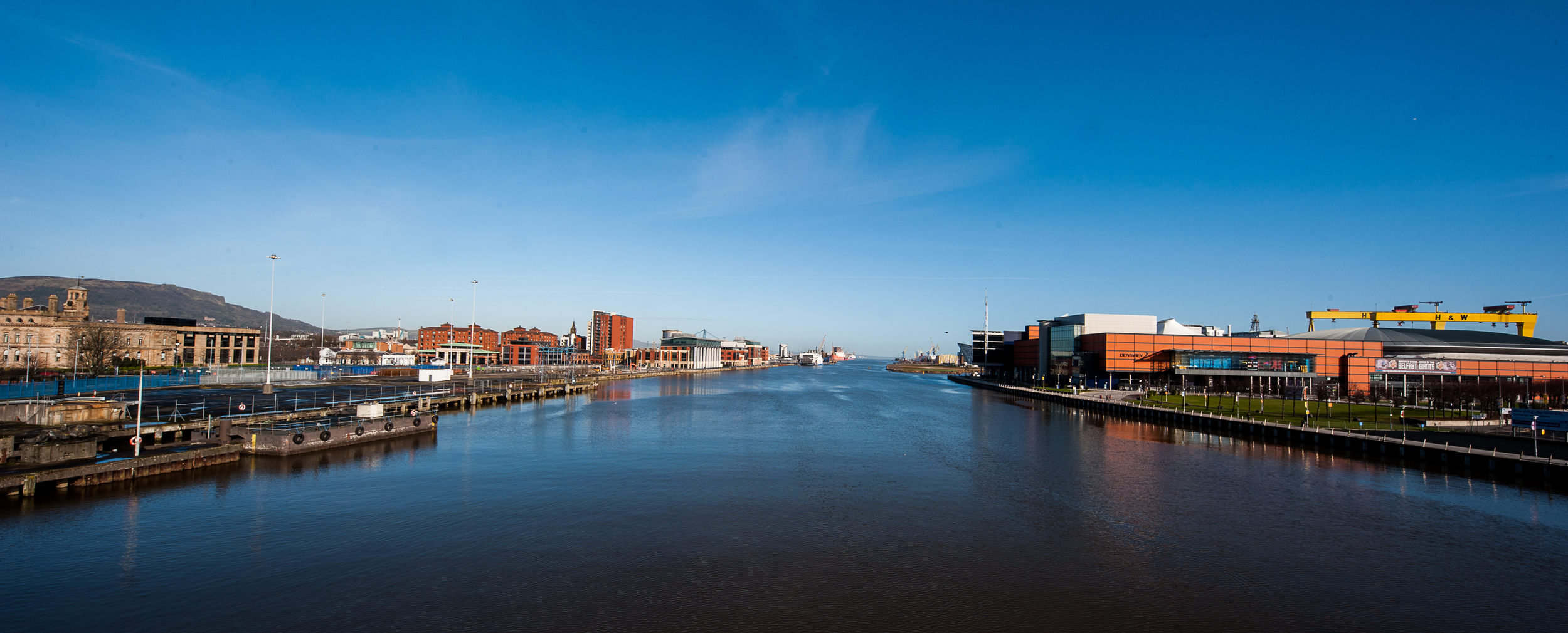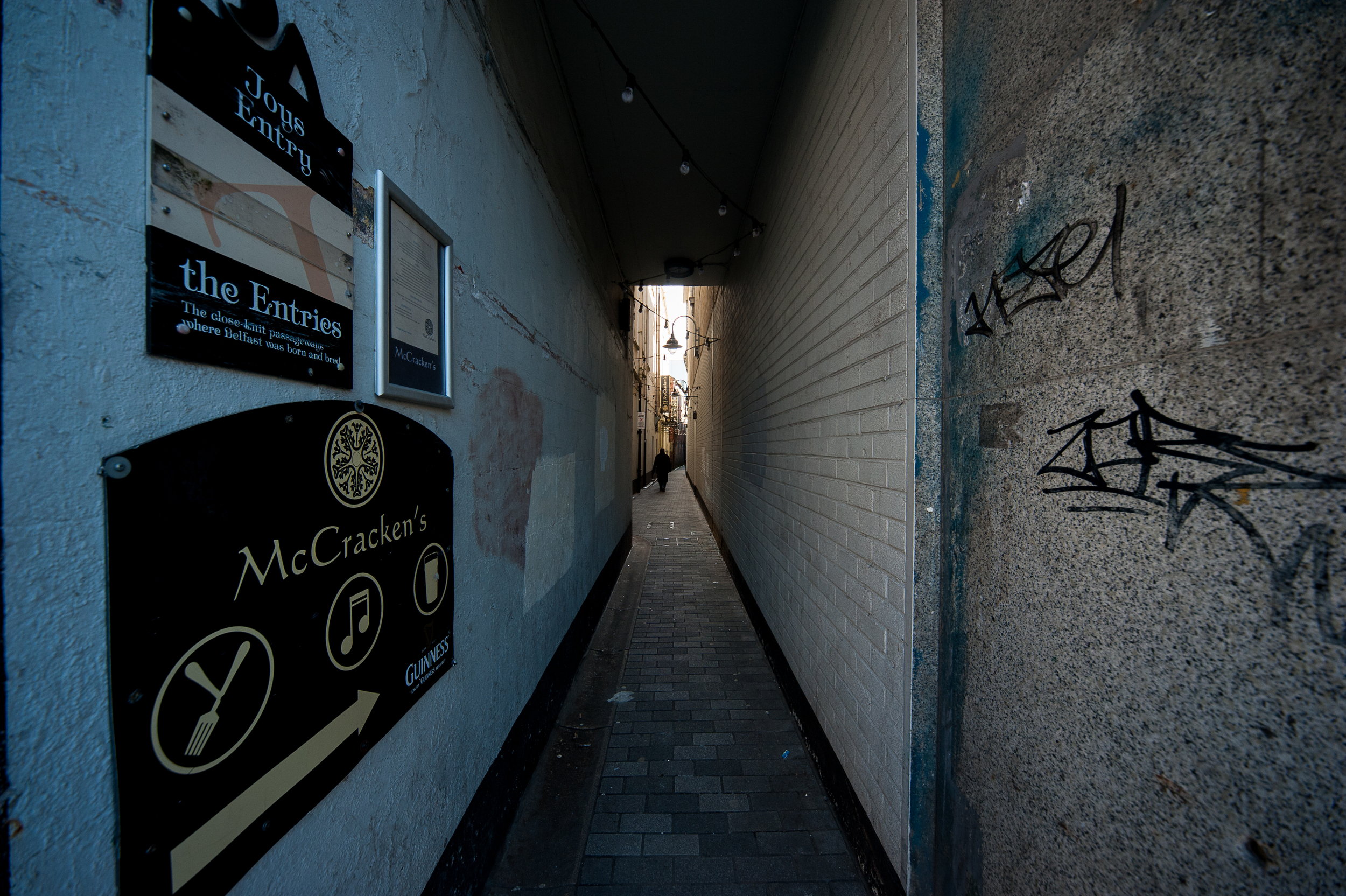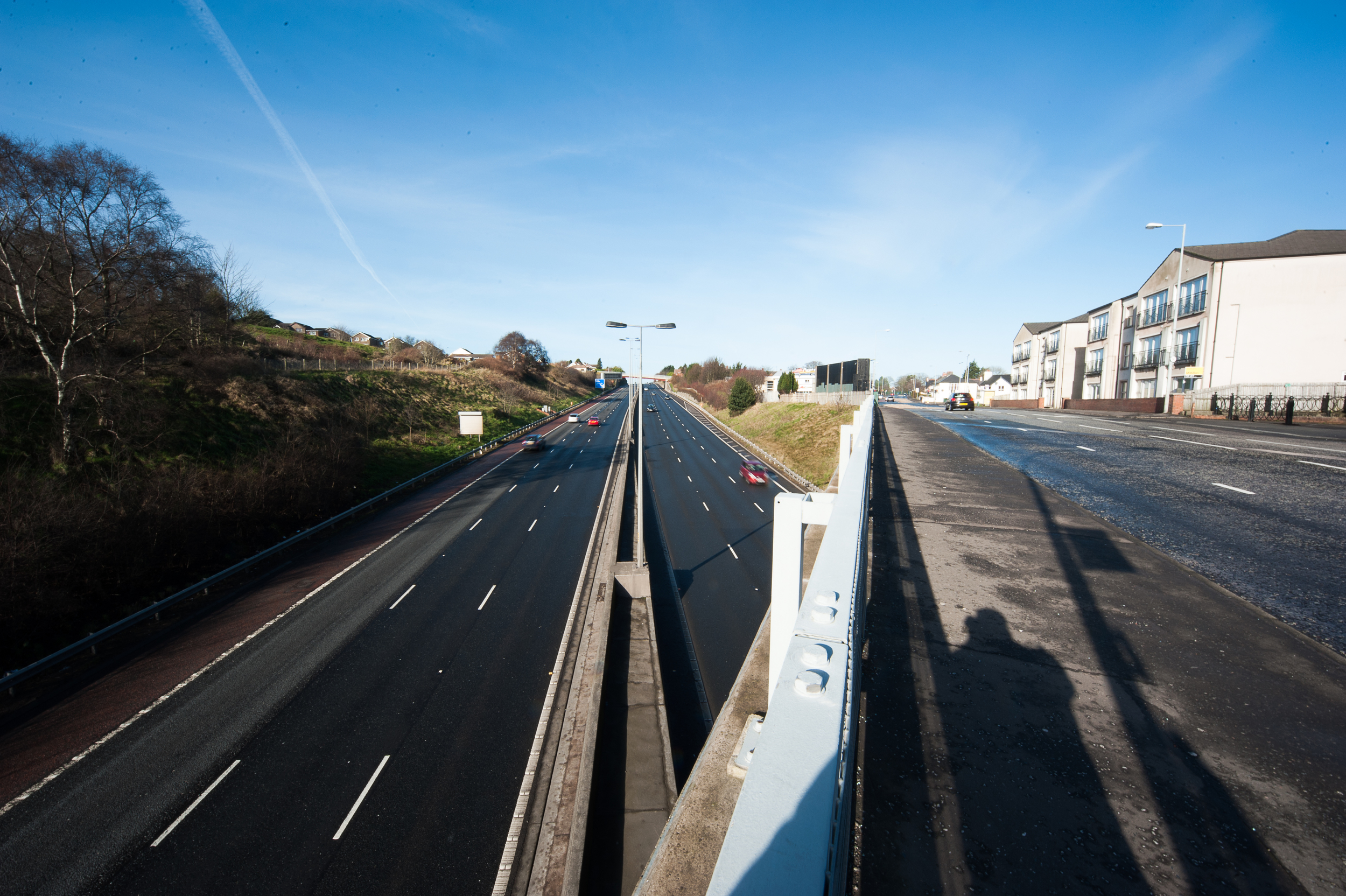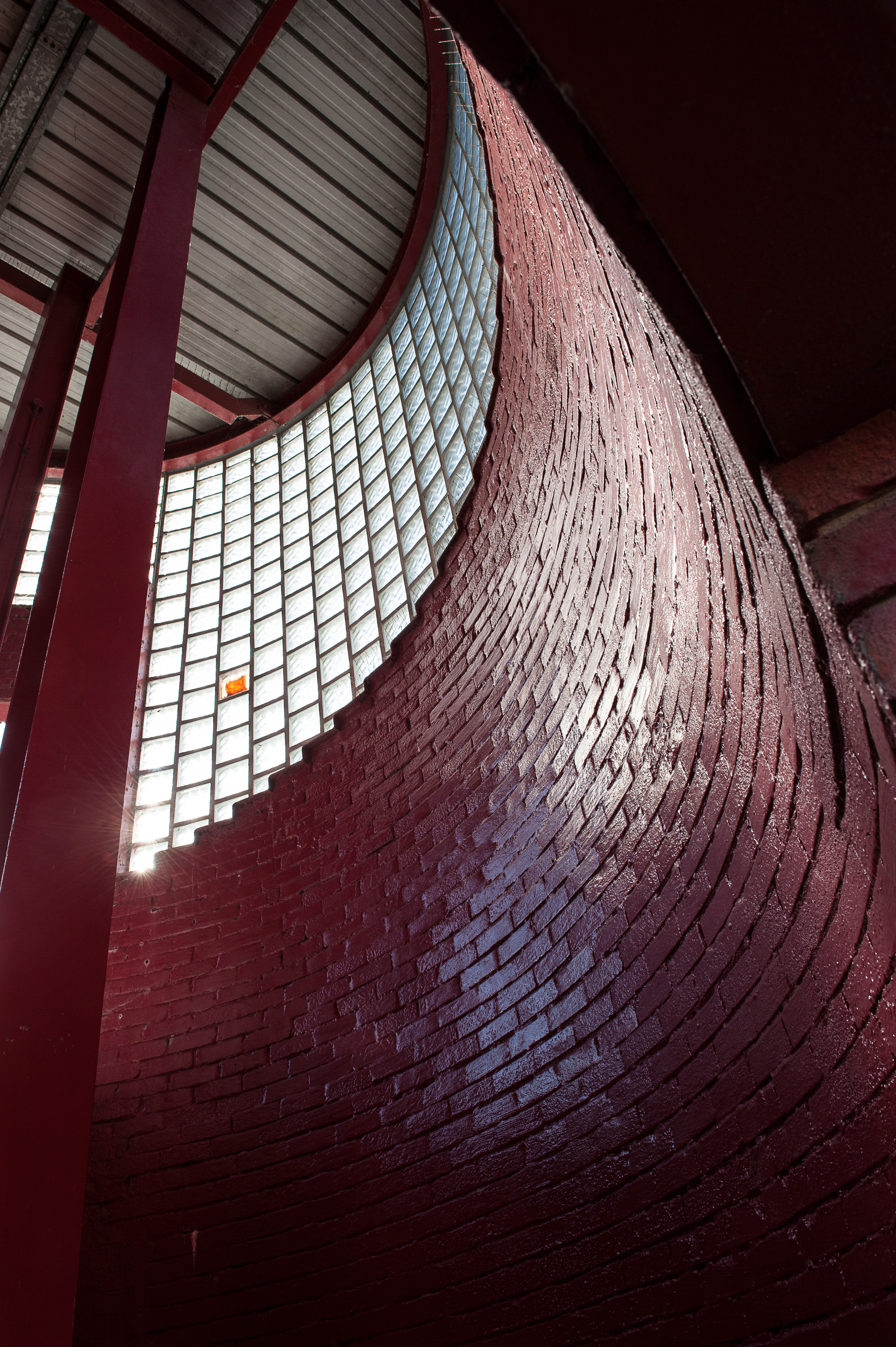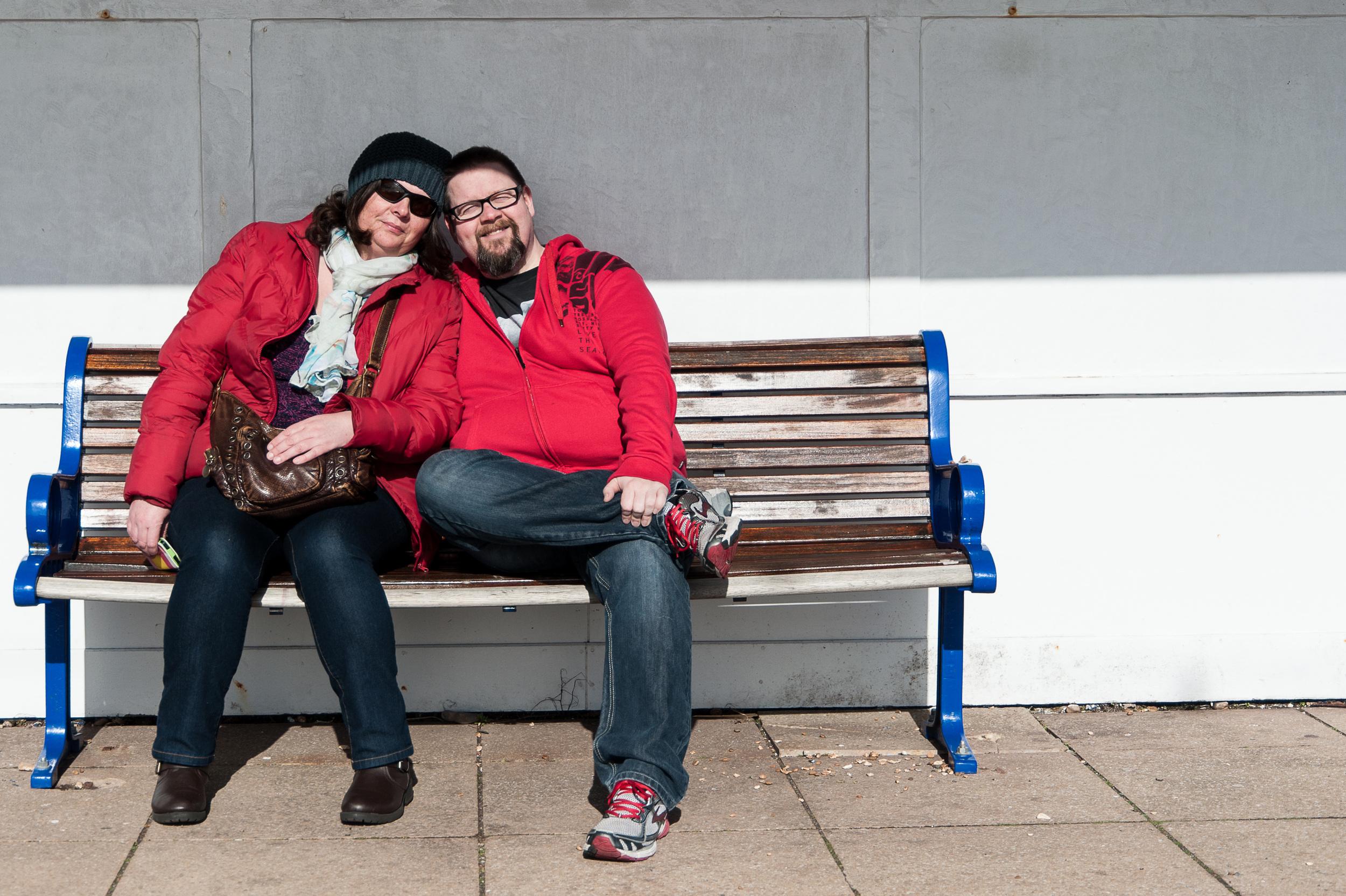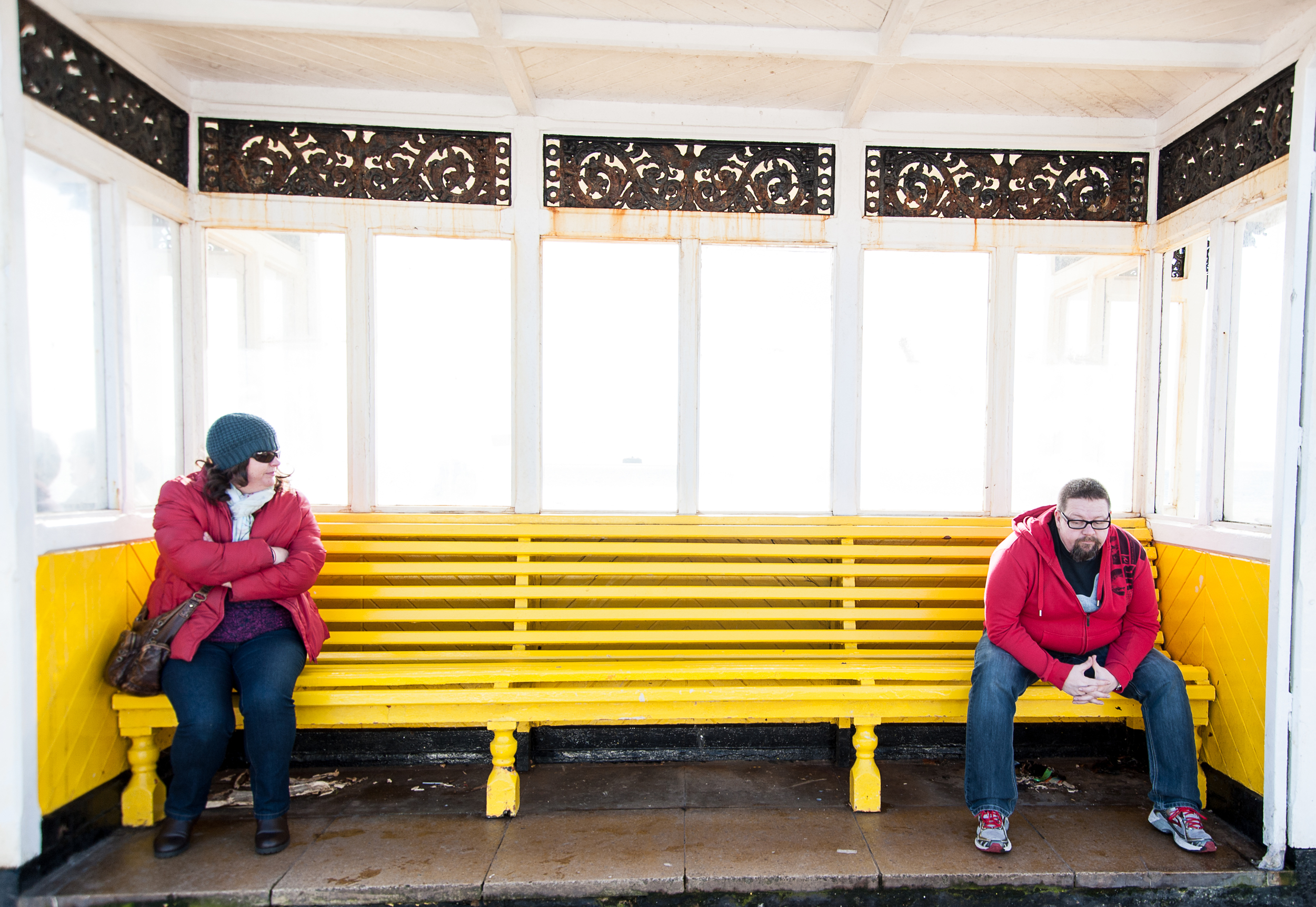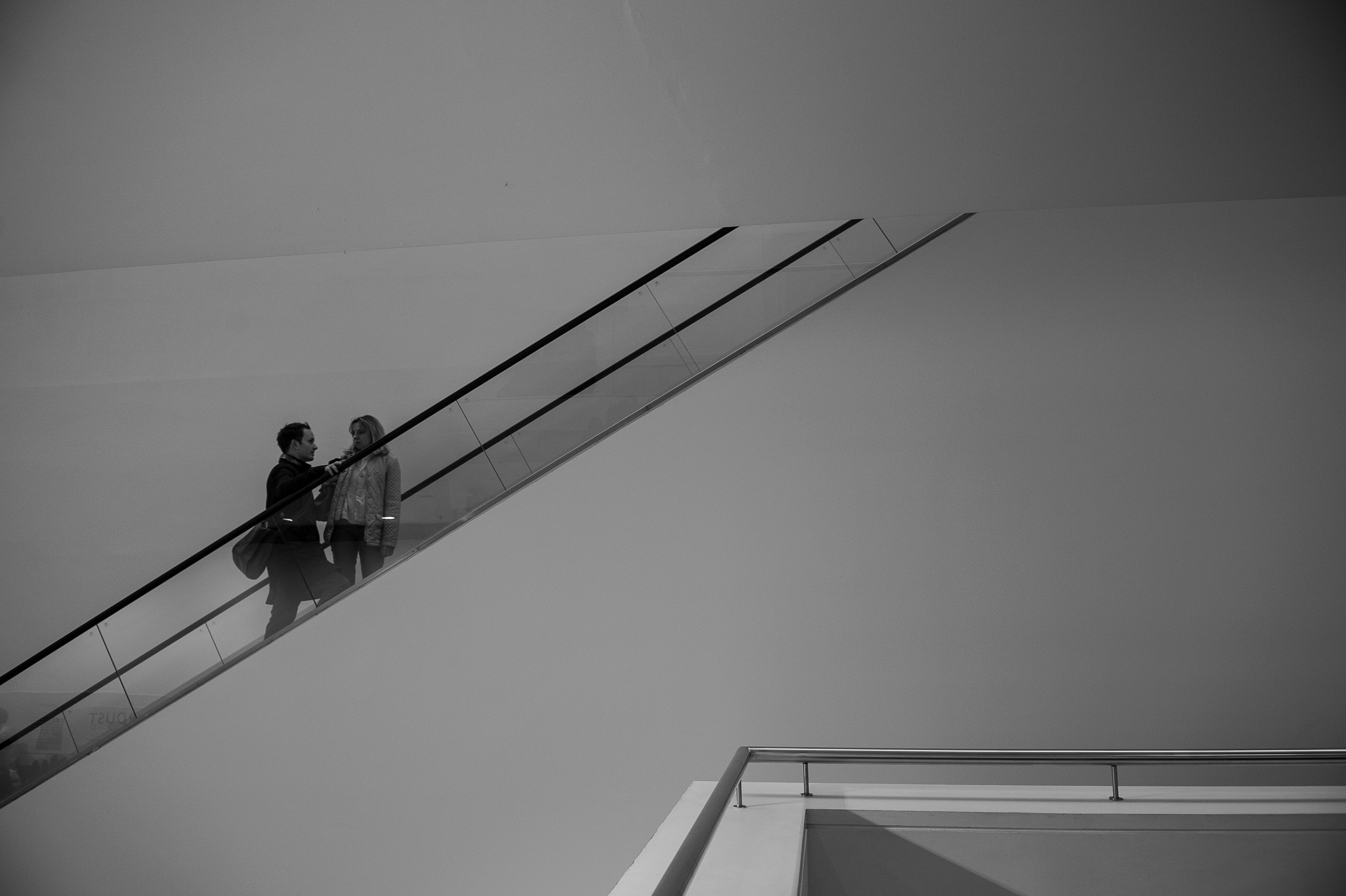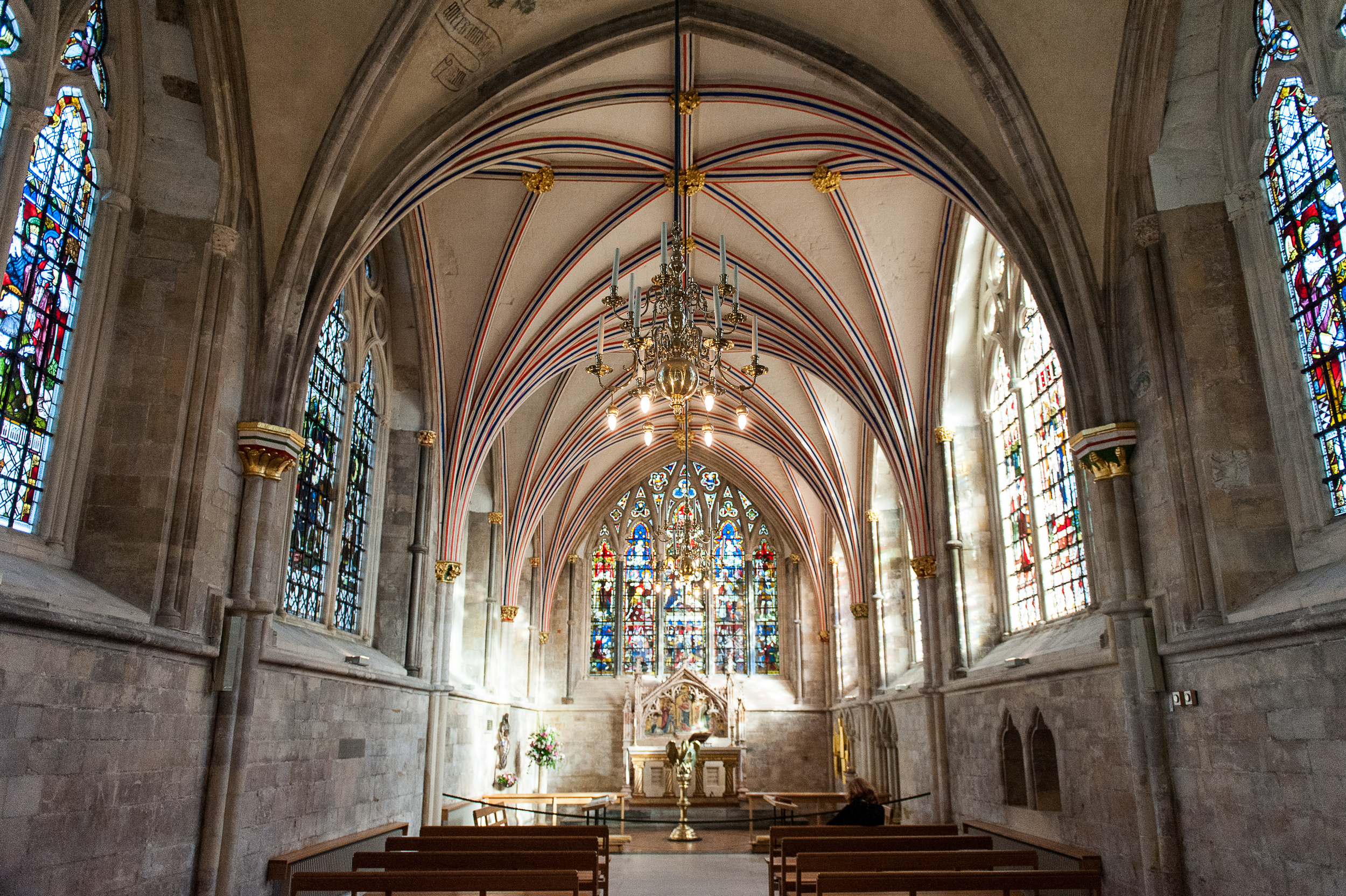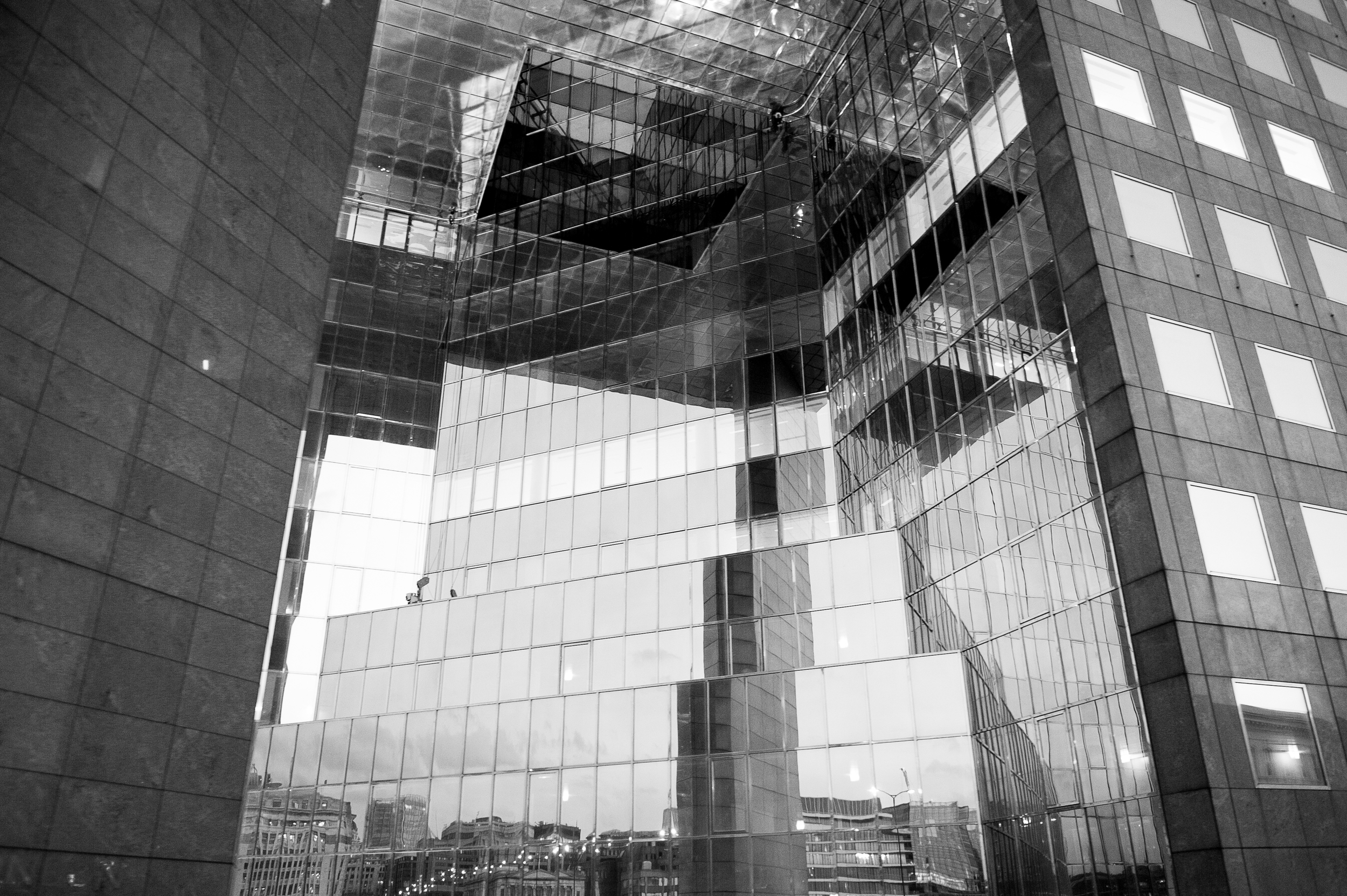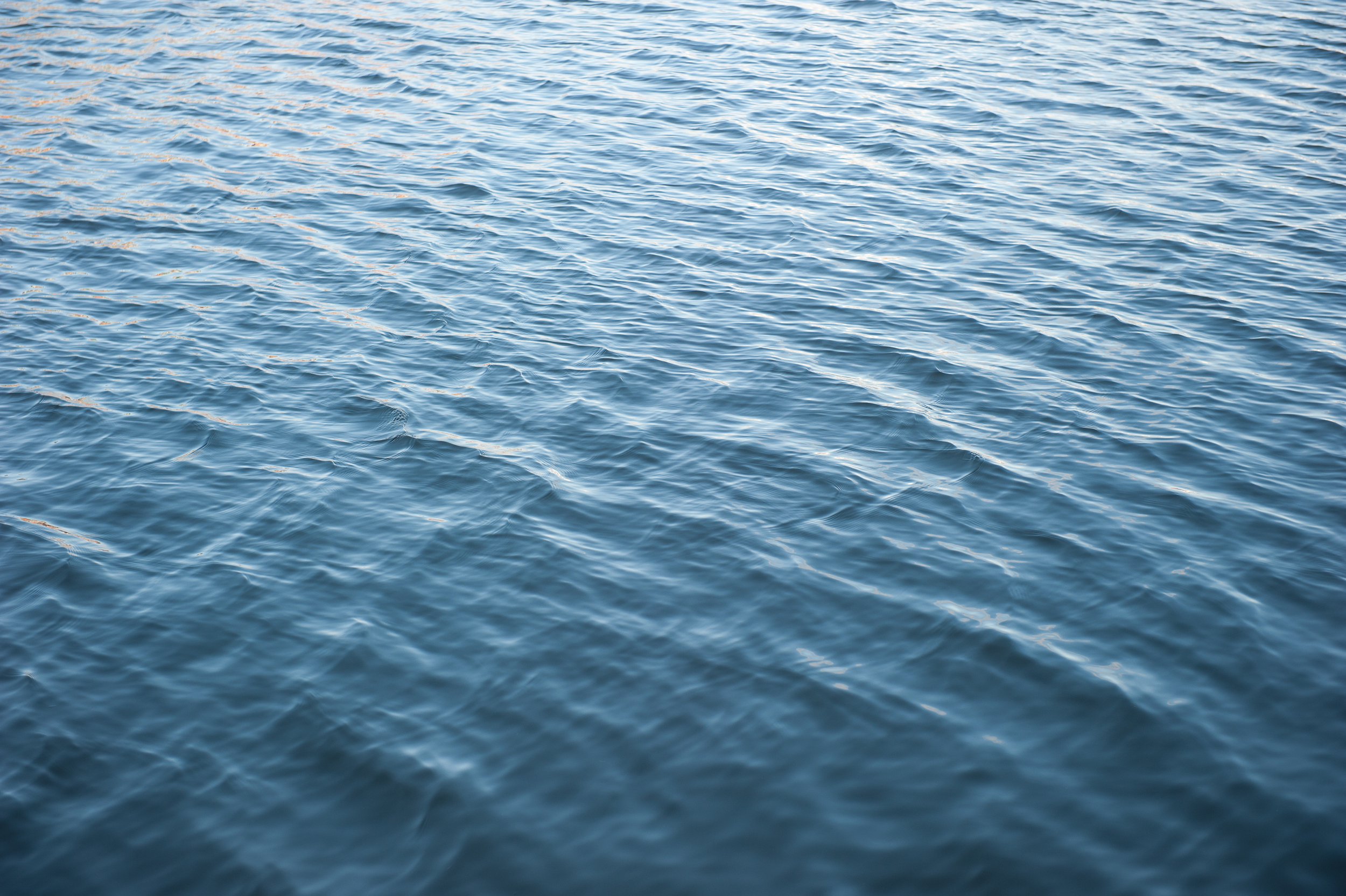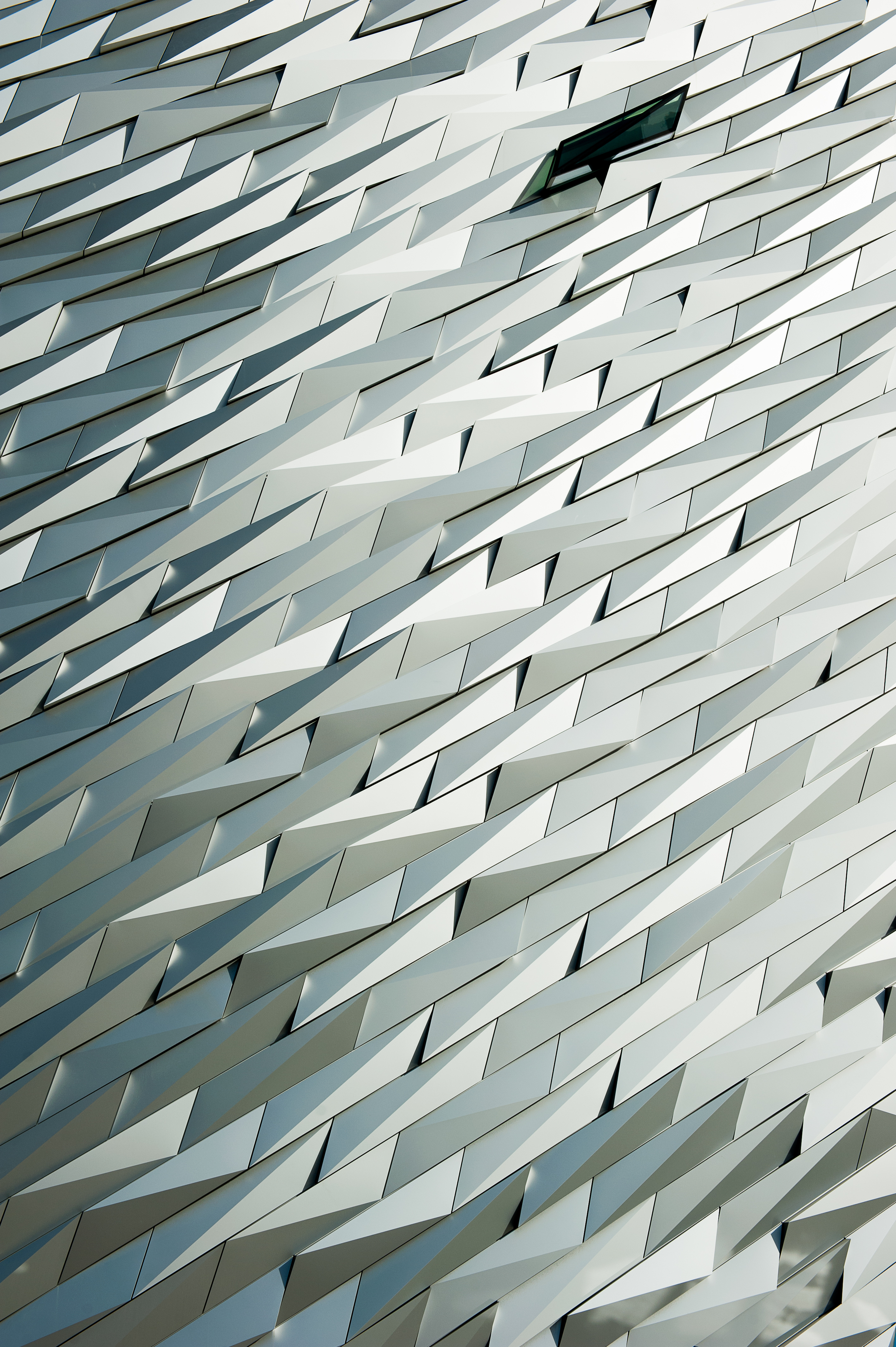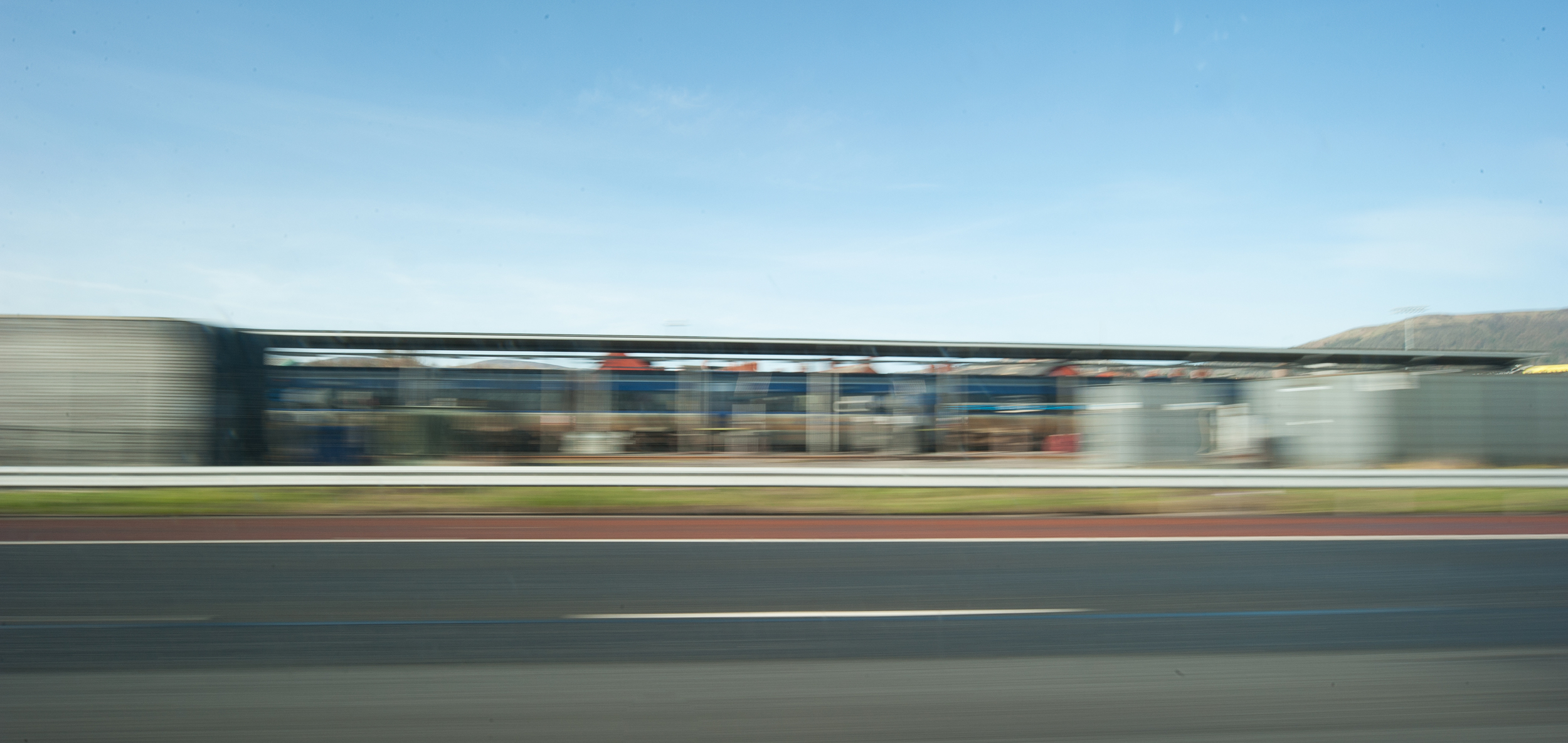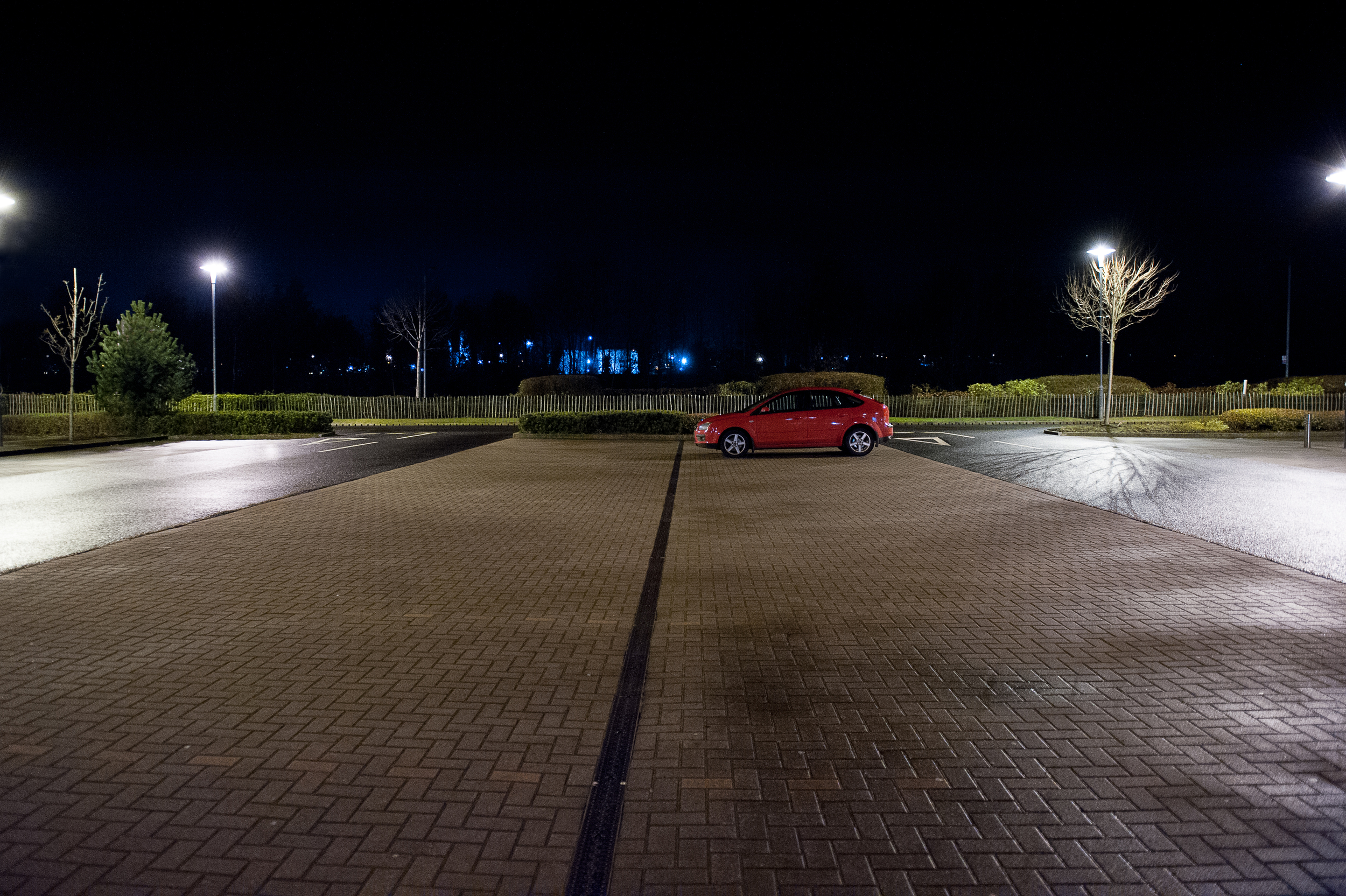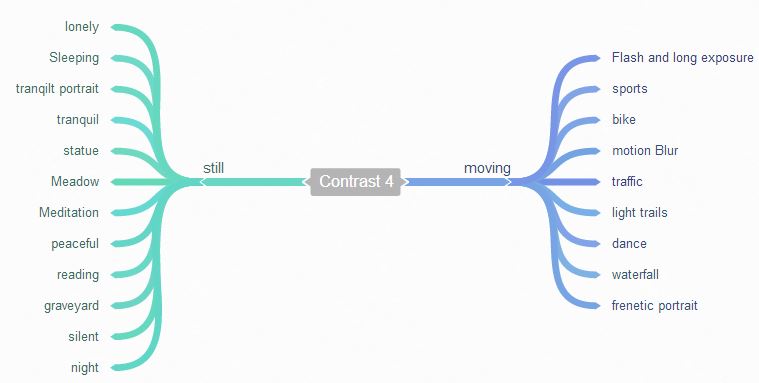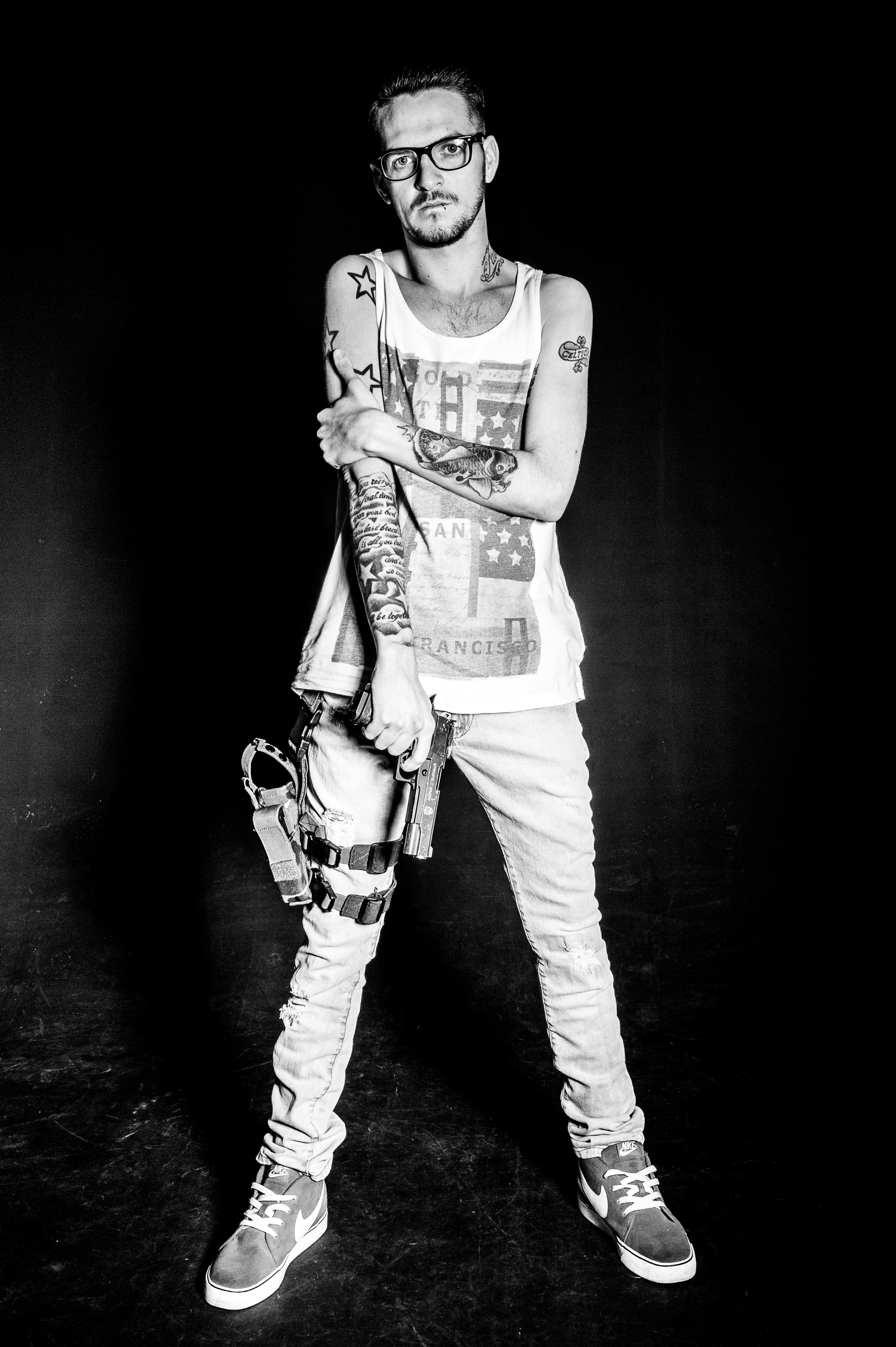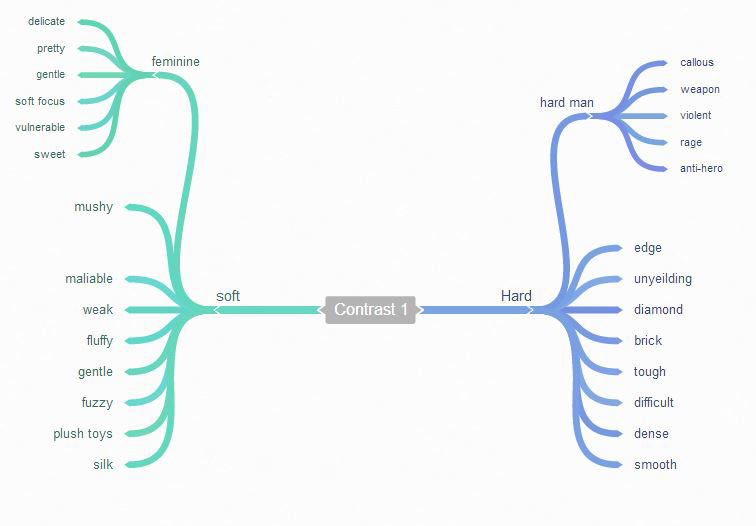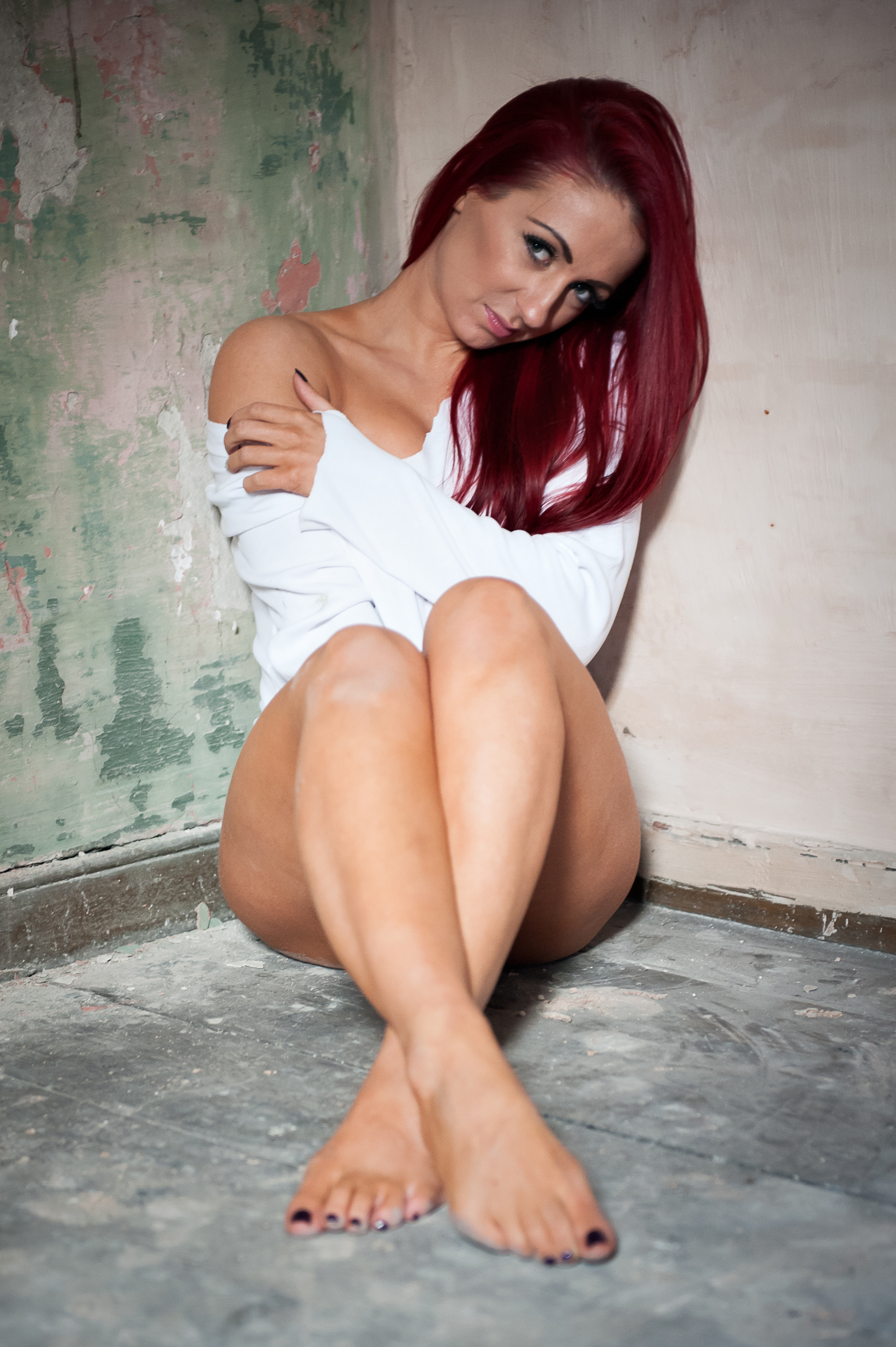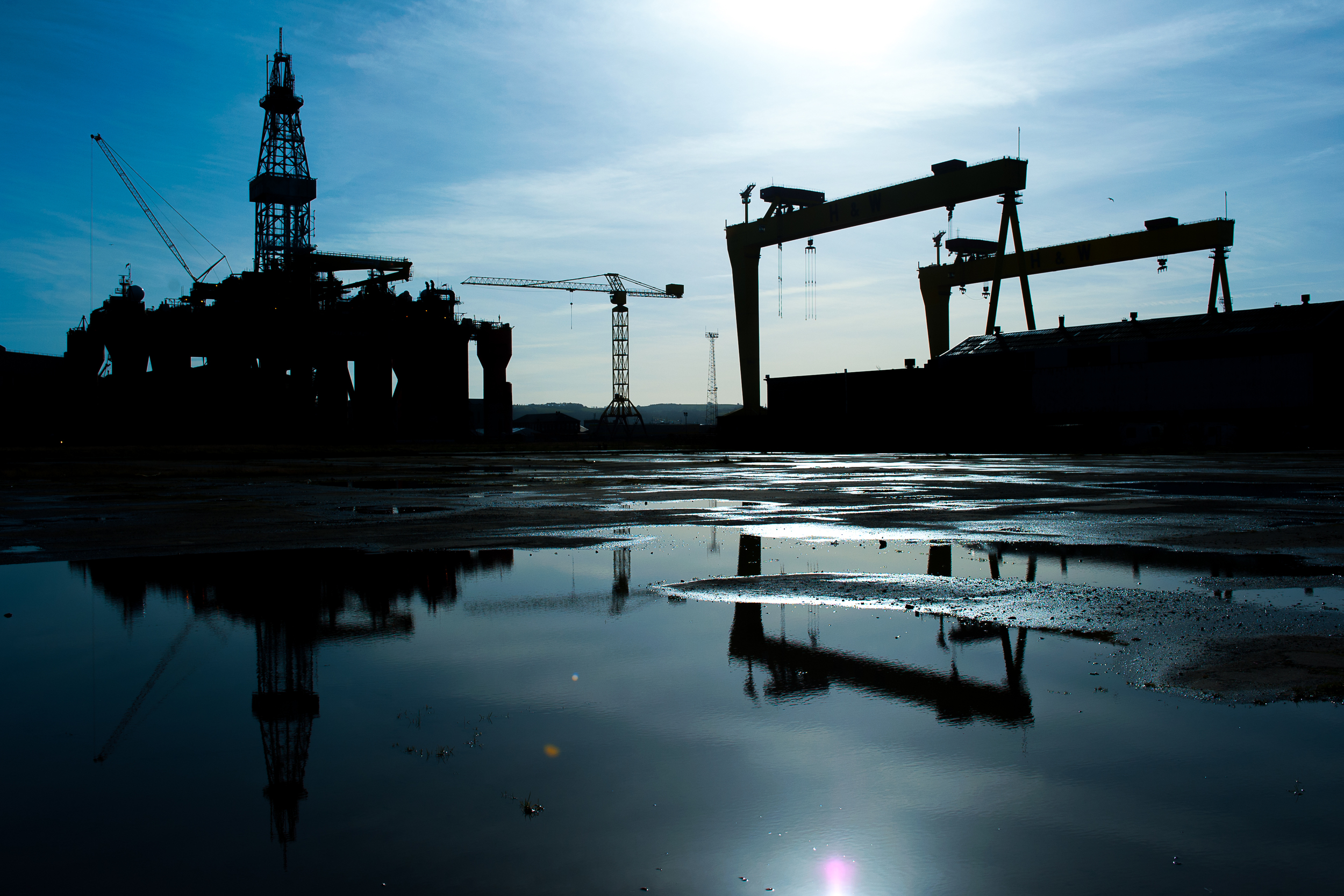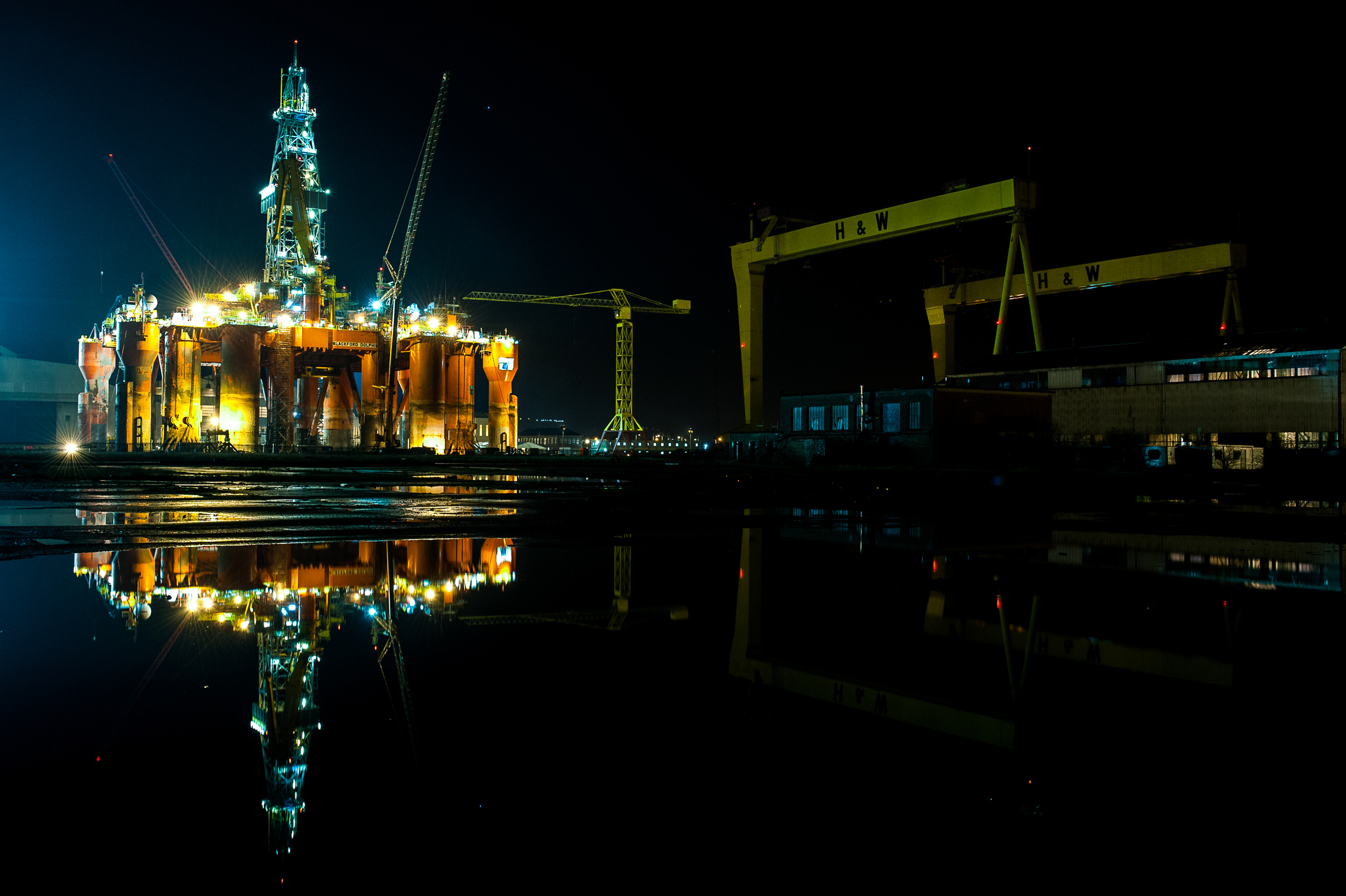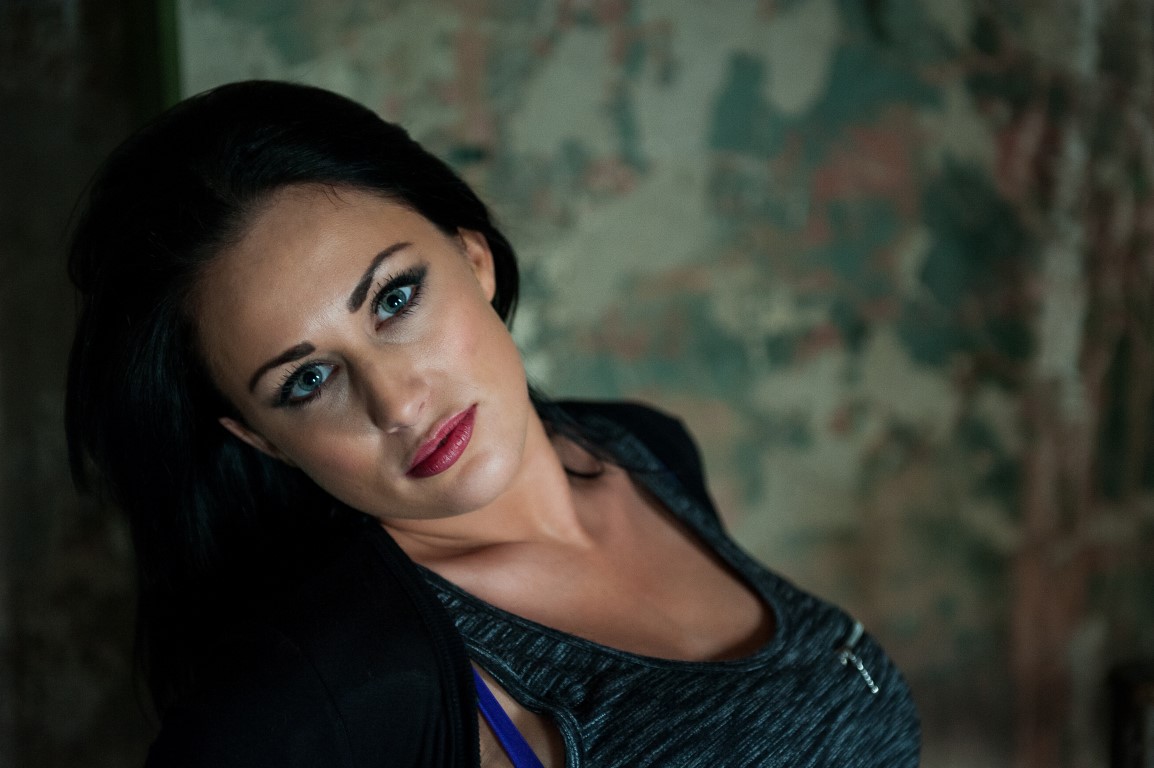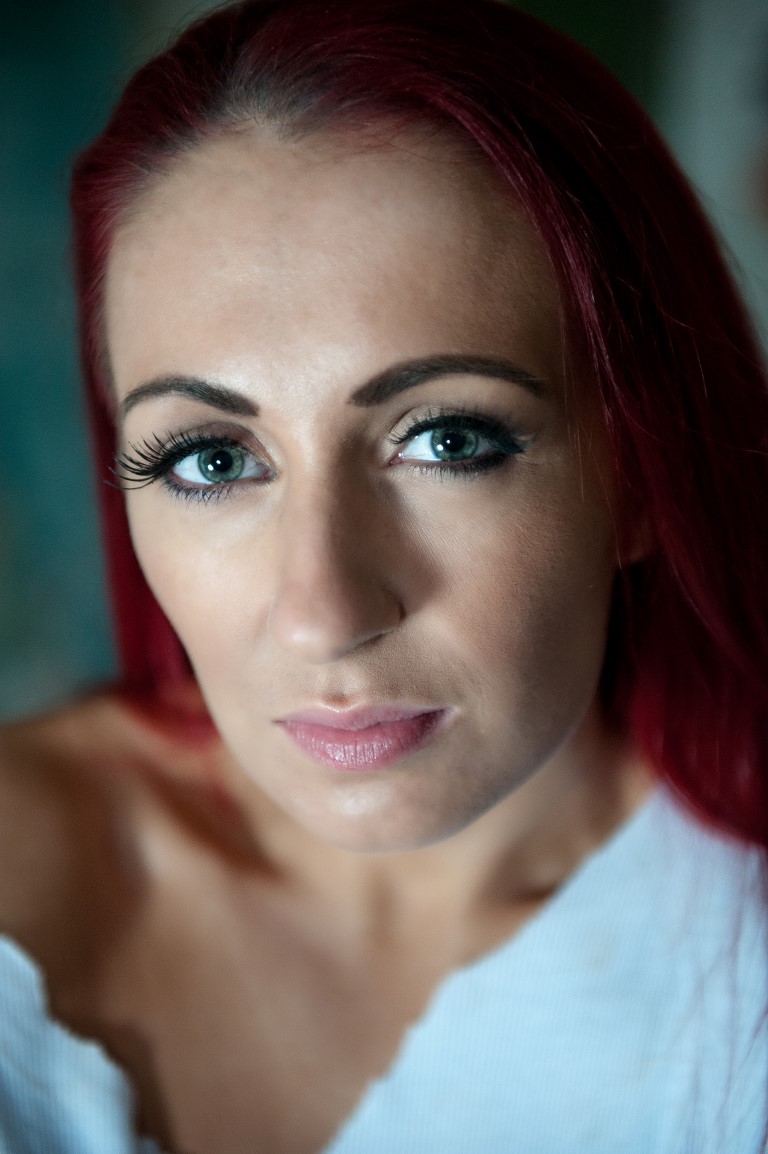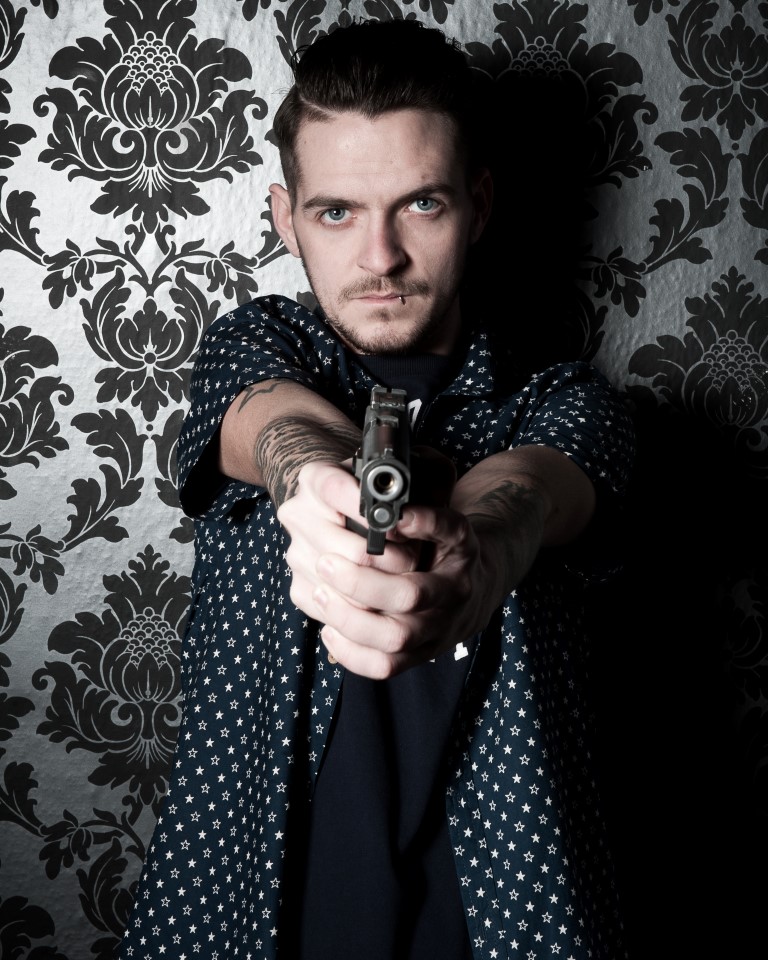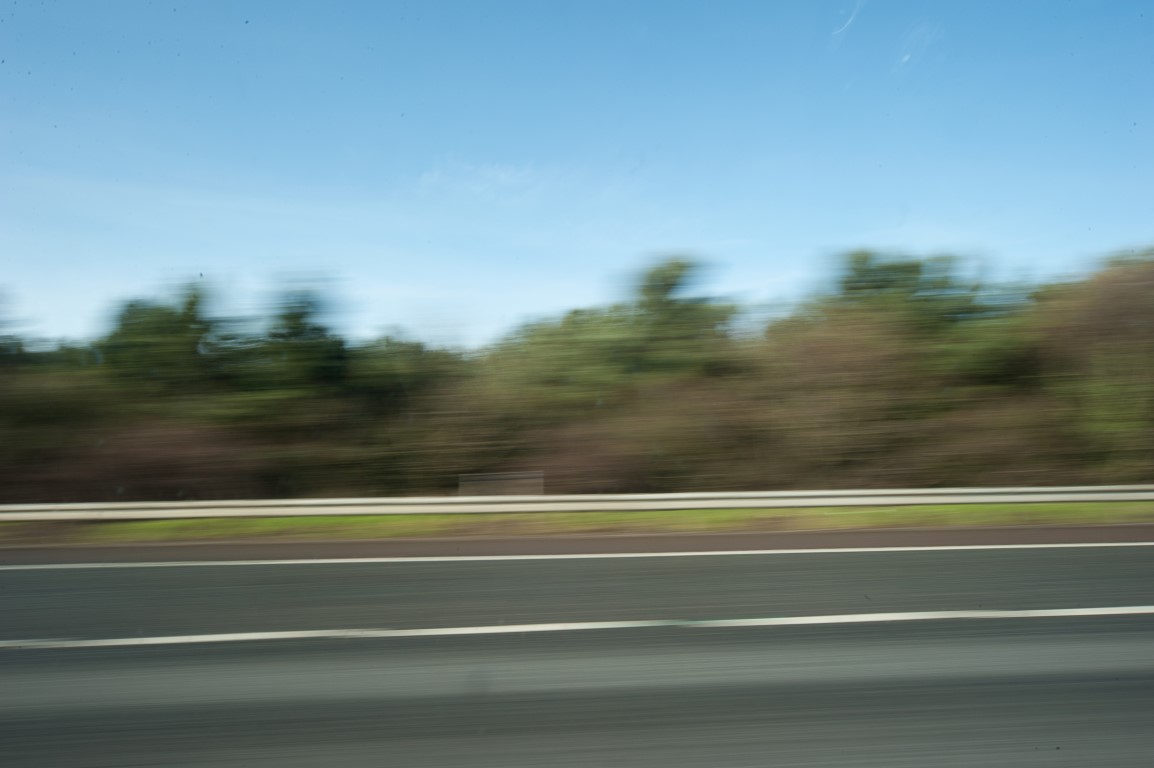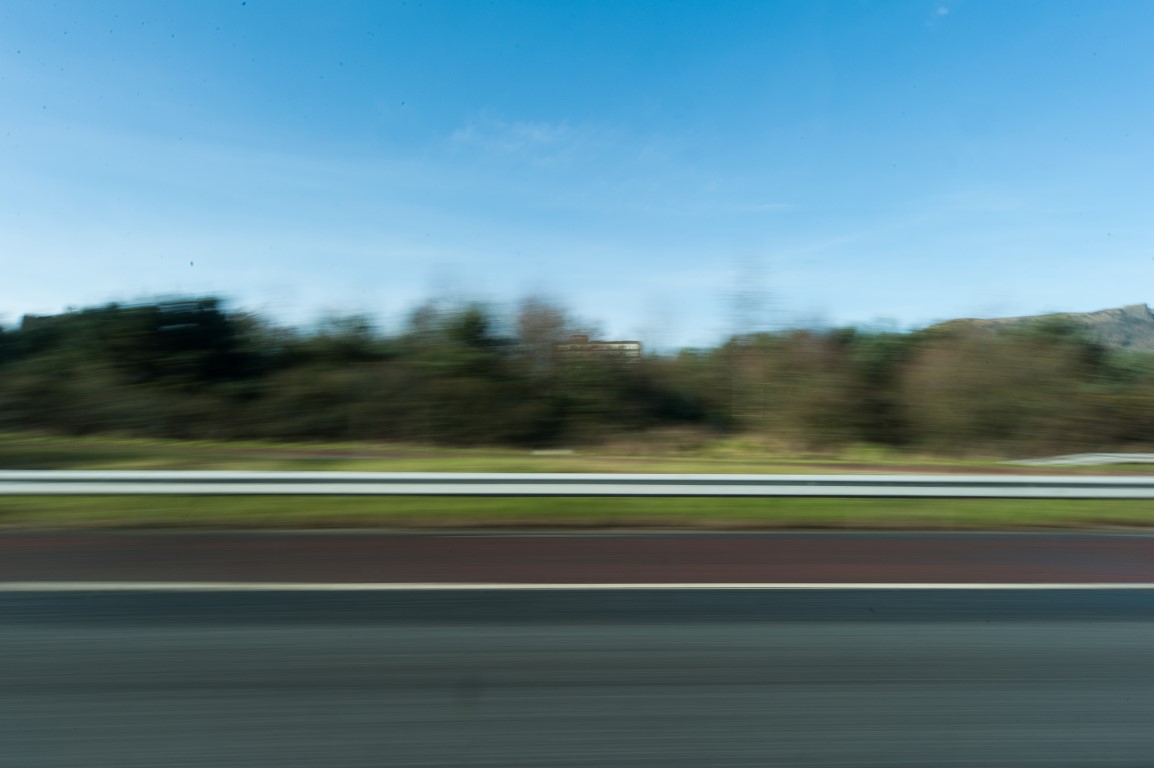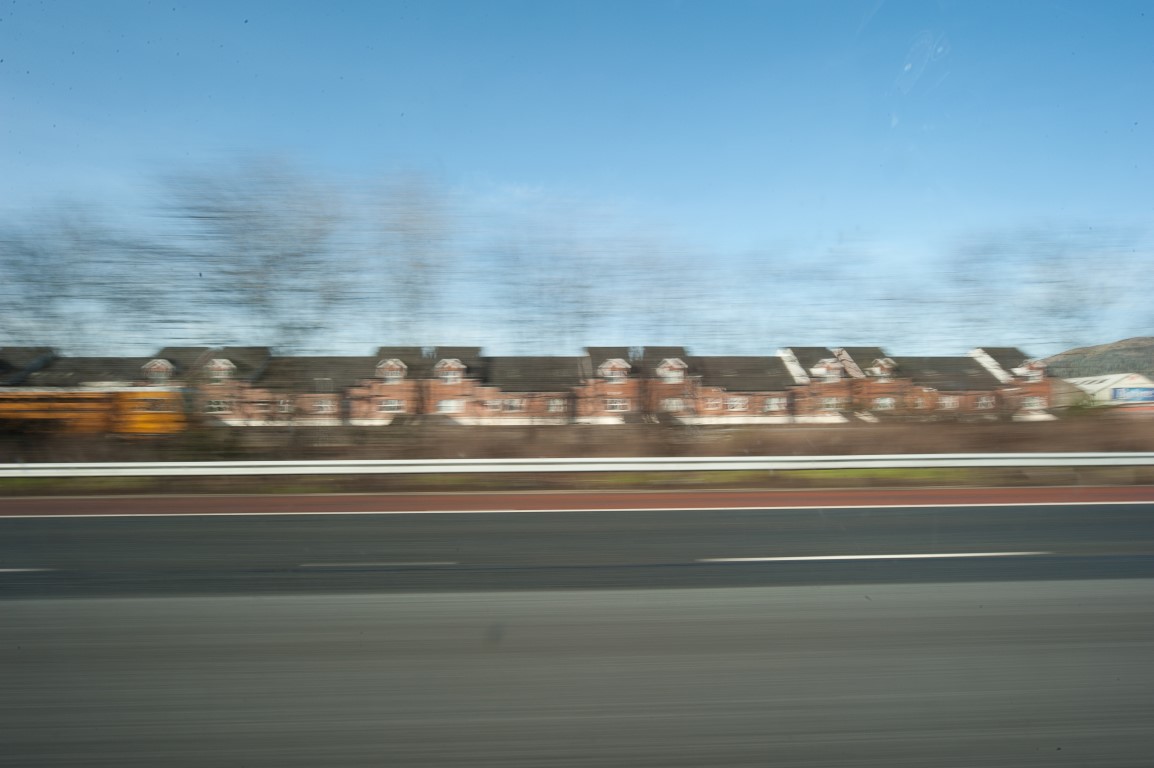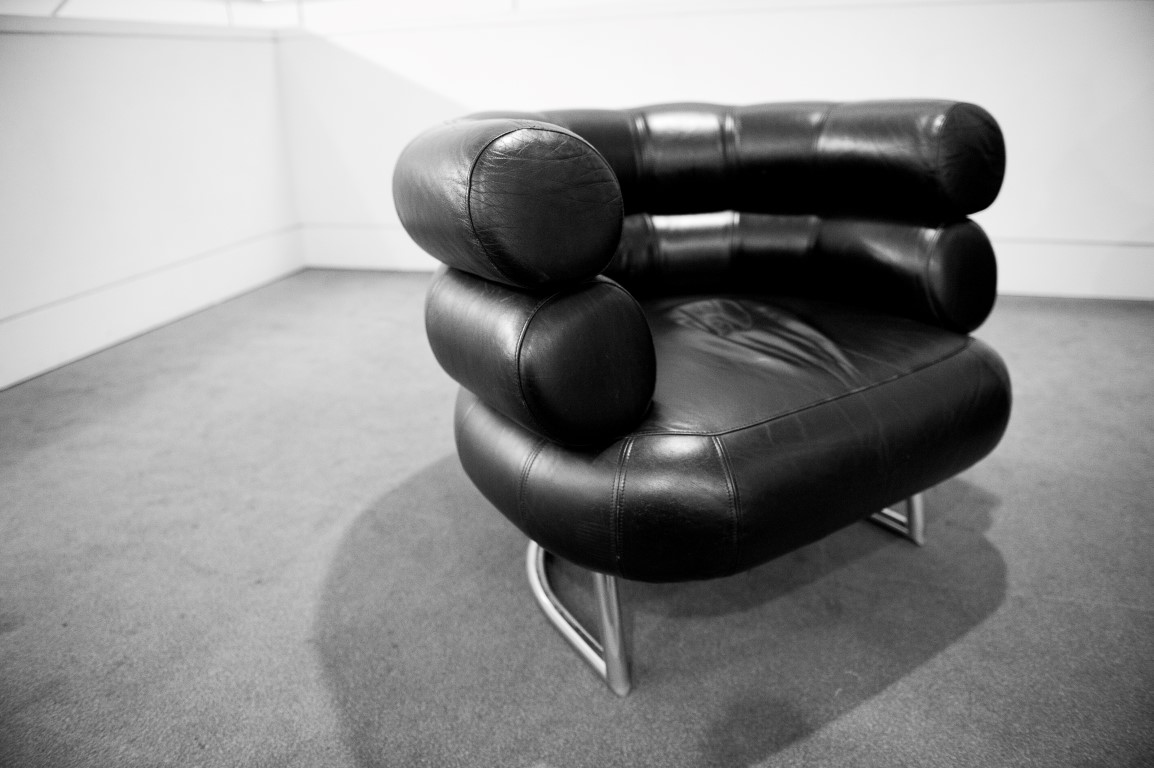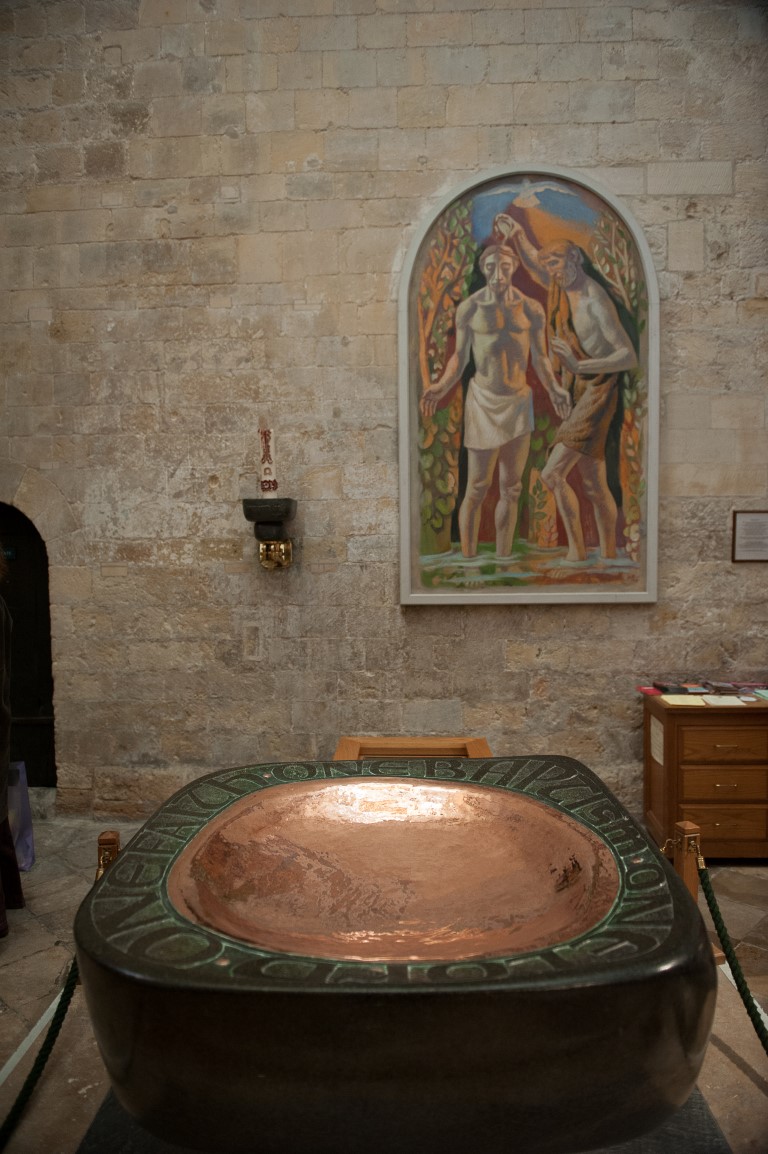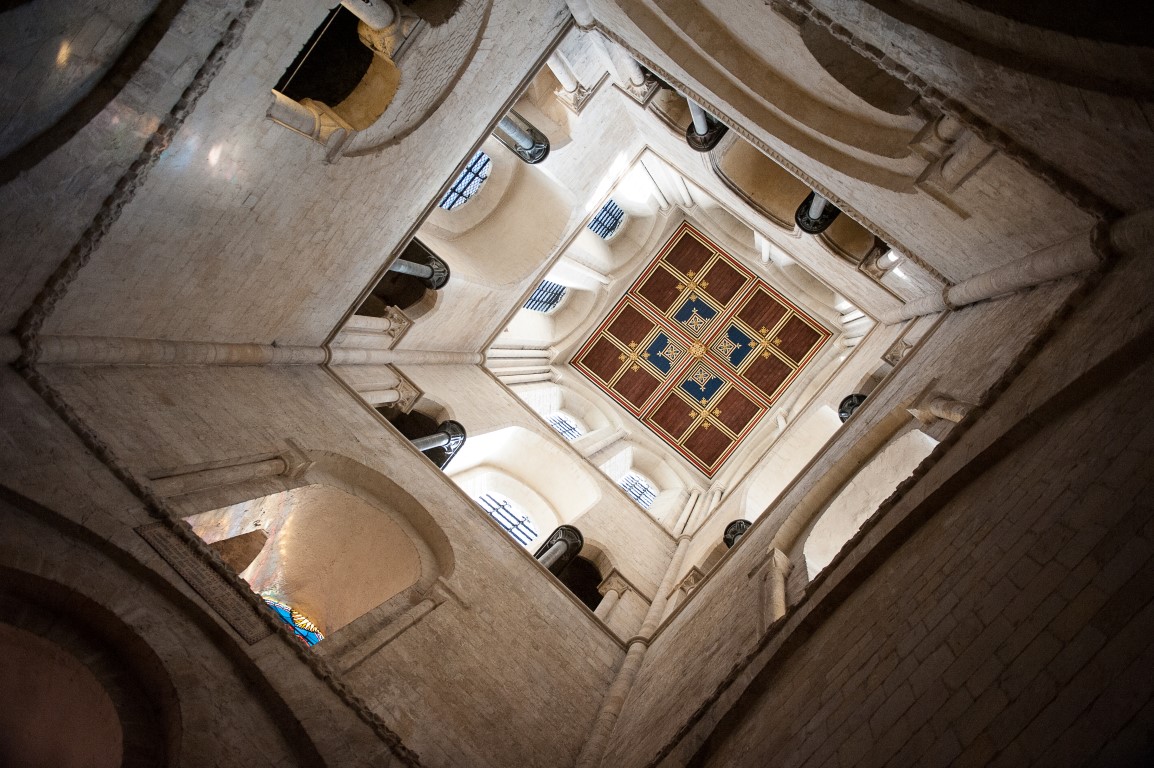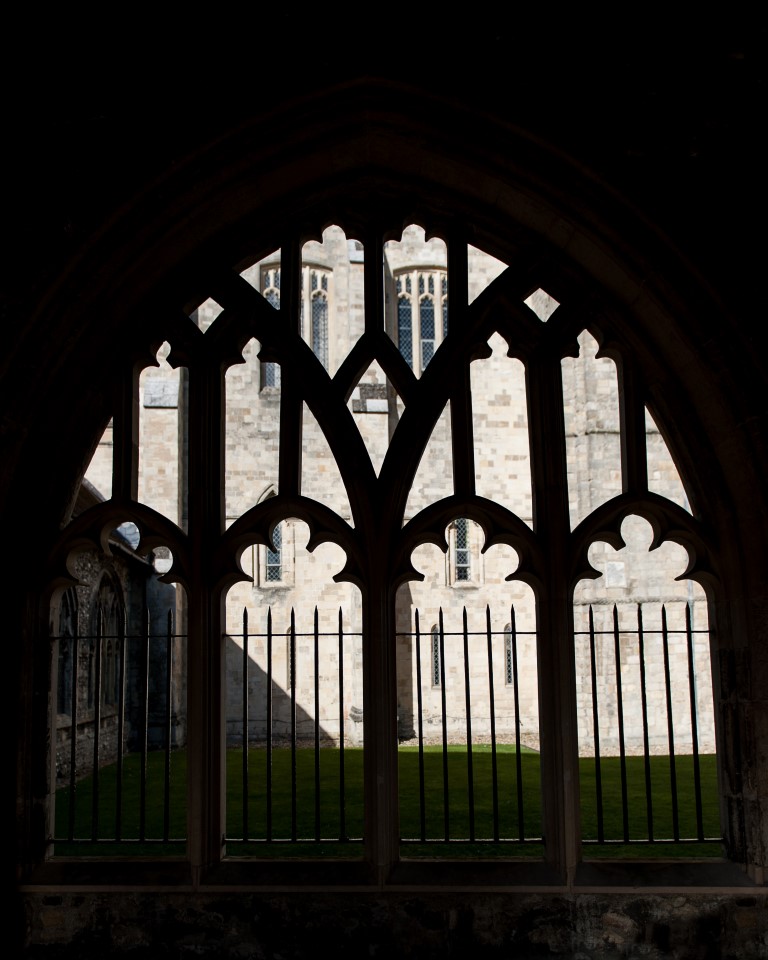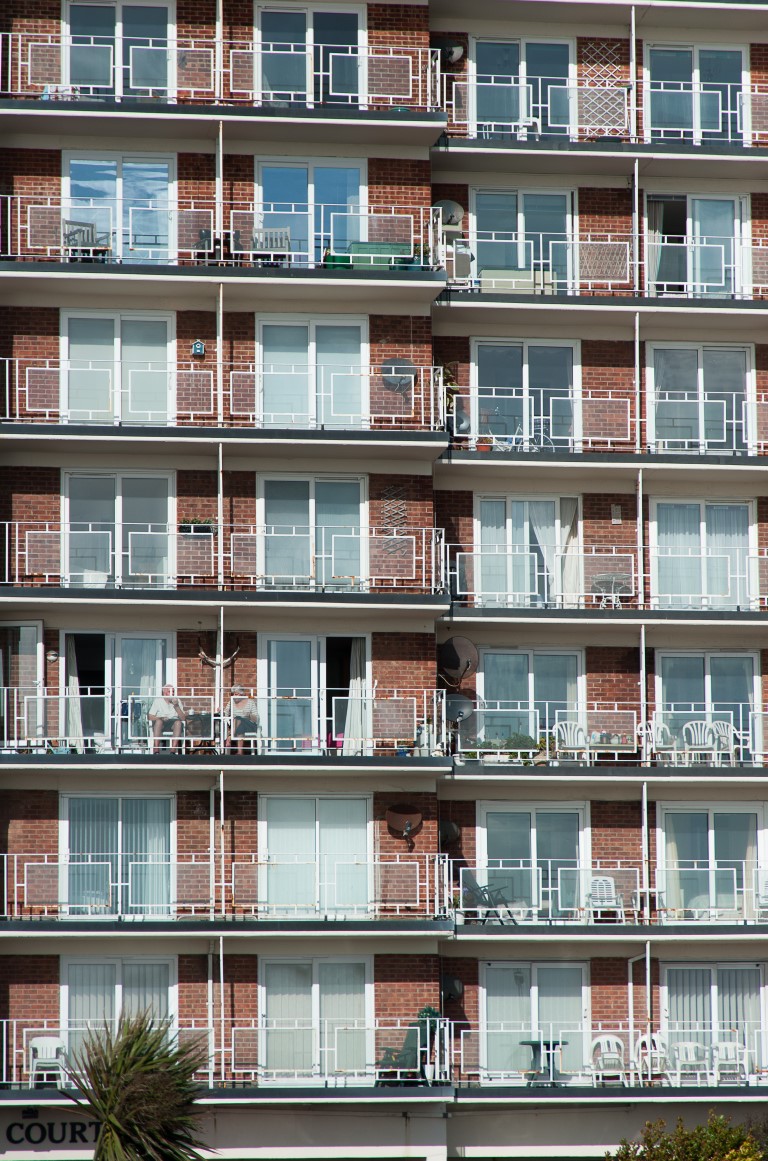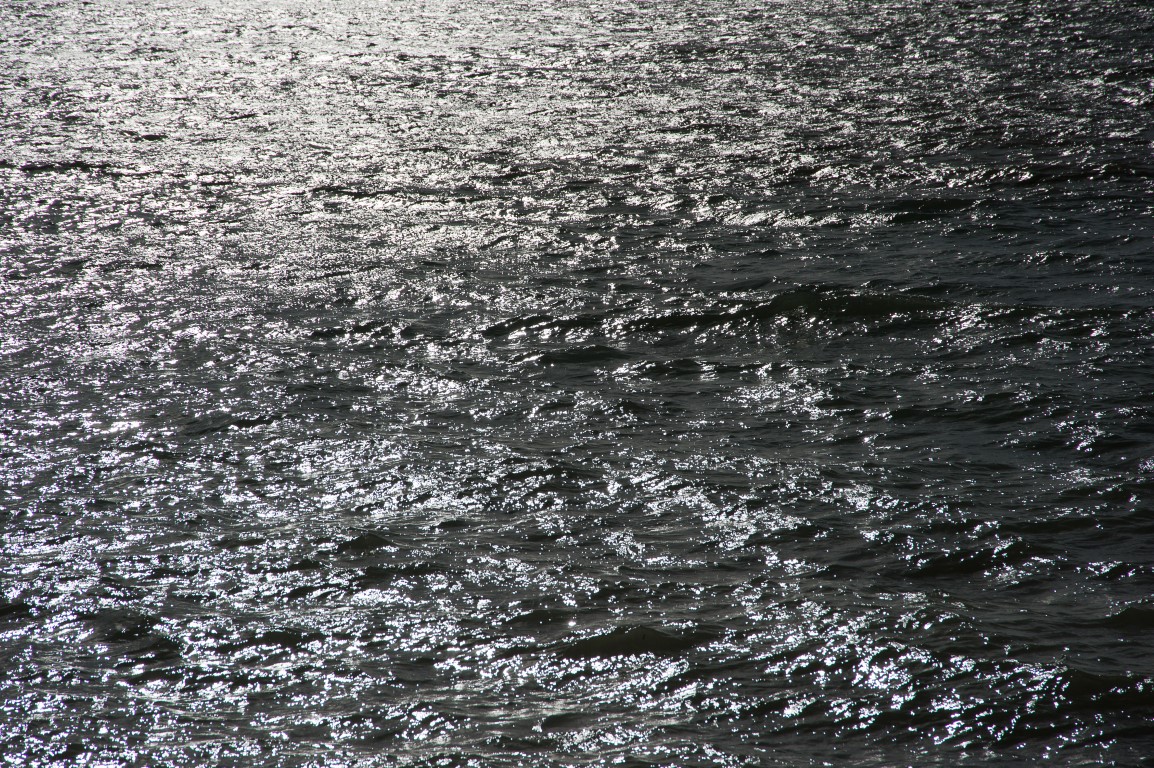This is my submission for the first assignment for The Art of Photography module. The assignment was to take a minimum of eight pairs of contrasting photographs and one photograph showing, in a single image, a contrast explored in one of the previous pairings. This exercise is very similar to one set by Johannes Itten as part of the “Preliminary Course” taken by students in Bauhaus design school in the early 1920s (Freeman, 2011).
In some of the photographs below the subject matter is a literal representation of the word describing the element of the contrast. For instance to illustrate the contrast between broad and narrow, I shot something that was broad and something that was narrow. In some of the other pairings, for example sweet & sour, I tried to step away from the most obvious meaning of the words but still demonstrate contrast.
In creating these images I have attempted to use many of the elements of composition learned on the first part of the course (e.g. filling the frame, perspective, balance: positioning the horizon, et cetera).
Broad – Narrow
Broad
This is the Belfast Lough or at least the area of the Belfast Lough that enters Belfast. When Belfast was a thriving port this was the route for goods into the city. The Titanic travelled this stretch of water on its way to Liverpool to pick up its first passengers. When I started thinking about the word broad, this stretch of water immediately came to mind, because I have to drive over it every day going to work and therefore I know how “broad” it really is.
I played about with the position of the horizon in a standard 4:3 frame, but wasn’t getting a satisfactory result because there was nothing much of interest in the sky or the water in the foreground. I decided to crop the photograph time and this also had the effect of enhancing the wideness (broadness) of the image. I shot a wide-angle 13mm, which although it has the effect of squeezing more into the photograph and actually narrowing the view, the viewer has a sense of a large expanse of water because there is so much of the riverbank included in the scene.
Narrow
This is Joys entry. The entries are the oldest existing parts of Belfast. They were entranceways to tenement housing similar to Edinburgh’s famous closes. When I was a kid I lived in East Belfast, in Victorian housing that had been built for the shipyard workers. Every day on my way to school I passed several entries (narrow passageways between the backs of rows of tenement houses). This got me thinking about effective contrast. In my opinion for these contrasts to work not only do the photographs need to complement each other but they also have to have links. In this case (broad/narrow) the links are access into Belfast and the fact that I would encounter both of these areas on a daily basis at some point in my life.
This photograph was also shot at 13 mm, which has the effect of enhancing the perspective and making the alleyway seen even narrower.
Straight – curved
Straight
The first image that sprang to mind when I was considering how I was going to shoot “straight” was that of a desert highway similar to this image by Ansel Adams
The strong sunlight meant that not only did I get this straight lines of the motorway and the bridge but also some very straight elongated shadows.
Curved
I struggled a lot to communicate the idea of something curved. “Straight” in two dimensions is quite easy thanks to perspective. But as I started photographing curved buildings, curved roads, curved furniture et cetera the photographs just weren’t curved enough, they were flat. Then I find myself in a spiral staircase in a car park in Chichester. I immediately realised my mistake. I was trying to photograph curved from the outside whereas it’s much easier to represent from the inside as you can see from the photograph above.
I am a little disappointed that there is no link between the subjects of these photographs to enhance the contrast but there is still a definite contrast between the two.
Sweet and sour
Sweet
For this contrast I moved away from the literal or more common meanings of the words and started thinking about representing other meanings. So for example instead of going straight to someone sucking on a lemon to represent sour, I want to show something sweet turning sour. Instead of the photograph being of something, the photograph is communicating something. My one concern is that without attaching the word sweet to the photograph above does it communicate sweet on its own?
“Mary Price argued that the meaning of the photographic image is primarily determined through associated verbal description and the context in which the photograph is used .” Price M. (1994) The Photograph: S Strange, Confined Space. Cited in Wells, L. 2009 (p29). Photography. London: Routledge
Sour
This photograph was taken in the seaside town of Southsea, so it seemed to push the colour saturation a little bit to give it a little more “Martin Parr” feel.
Diagonal- Rounded
Diagonal
Shore (2007) argues that the photograph exists on three levels, the physical level, the depictive level, and the mental level. He states that at the depictive level the photographer starts with the messiness of the world and imposes order. “he or she imposes this order by choosing a vantage point, choosing a frame, choosing a moment of exposure, and by selecting a plane of focus” Shore (2007:37). This is very true for this photograph.
Vantage point- I could have shot this escalator from the top, bottom, or at an angle that showed the whole escalator in context to its surroundings. Instead I chose to shoot from a platform roughly halfway up.
The frame – in the bottom left-hand corner of the photograph you can see the guardrail on the platform. I could have chosen to frame the photograph in such a way as to not include this. To the far left of the people on the escalator is a huge photograph of Michael Caine taken by David Bailey, I chose to exclude this from the frame.
Moment of exposure – an escalator is a relatively slow-moving machine so by choosing shutter speed of a 60th of a second I have frozen the movement of the people on the escalator but that is selecting the length of the exposure. As a photographer I get to choose the moment of exposure i.e. which 60th of a second I am going to capture. In other words I waited for the escalator to carry the subjects to the position where I want them in my photograph. This was the moment I want to capture.
Rounded
For this assignment I wanted to produce photographs which were interesting. As I started looking for subjects to shoot which were rounded it became quite a challenge to make a photograph which was not incredibly dull. So when I walked into Chichester Cathedral and saw the arched ceilings I was incredibly relieved to have something interesting to portray in this category and also something that linked back to the “diagonal” photograph (i.e. both building internals/architectural).
Many- Few
Many
One photographer who is synonymous with the word many is Andreas Gursky. He has photographed a wide range of subjects including concert crowds, the stock exchange floors, supermarket shelves, F1 pits, and windows. It was one of these photographs of windows Paris, Montparnasse (Sothebys.com, 2014) that inspired me to choose windows for this contrast. You will see in some of the supporting images at the end of this assignment that I had tried to copy Gursky’s style (i.e. straight on, very flat, documentary) but obviously I don’t have his skill and therefore achieved quite mediocre results. Instead I decided to keep windows for my subject matter and try to create my own interesting images.
Few
This contrast works at the level of quantity. In the first photograph there are a huge number of windows and in the second there are four, but the contrast also illustrates the difference in time when the buildings were erected. These days glass is a relatively cheap material, we see buildings with entirely glass walls or huge single panes of glass used in modern architecture. But when this Cathedral was built glass would have been an incredibly expensive and rare material and also incredibly difficult to produce in this size of windows that we have in our homes today.
Liquid – Solid
Liquid
I mentioned earlier that one of the photographs needed a word associated with it to provide the meaning, whereas this shot does not. Anyone who looks at this knows it water. Nothing quite makes these patterns like liquid rippling. I have chosen to fill the frame in both photographs rather than to allow surrounding elements to give context so this rippling water could be anywhere.
Solid
The subject of this photograph is a solid wall with a single window. It is part of the Titanic visitor centre in Belfast and is designed to replicate the ripples of water and also look like shards of ice. In my opinion the contrast is quite effective because the viewer would be quite happy to dip their hand into the photo of the water but would be under no illusion that their hand would go through the wall.
Moving-Still
Moving
In the earlier part of the module a lot of the exercises involved shutter speed and movement however in these exercises, either the camera was still and the subject was moving, or the camera was panning with the moving subject. I wanted to keep the camera steady but still show movement. The best way to do this was to mount the camera on a moving platform i.e. my car. As a car driver your focus is mostly on what is in front of you so the sensation of speed isn’t as great as it is for someone in the passenger seat looking sideways out of the window and that’s what I want to capture. The flat 2dimentional effect of the horizontal lines running through the photograph is reminiscent of Gurskys “The Rhine II 1999" (Gurskey, 1999)
Still
I wanted to carry on the theme of “The Car” into my photograph representing still. Mostly the car exists in two states, moving or still so the obvious subject would be a parked car, but how to embody stillness.
I tried to combine elements of stillness:-
- Deserted carpark
- Empty car
- Night
- The quiet after a rain shower
- No people in the Photograph
Hard – Soft
Hard
In exploring this contrast I again wanted to move away from the literal or more common definition of the words. It occurred to me that the words we associate with hard are mostly masculine and the words associated with soft are feminine. In fact to call a man soft can be considered derogatory.
From this point it seemed obvious to contrast a hard masculine portrait with a soft feminine portrait. The styles of posing also exacerbated the contrast. This is a studio portrait using “hard light” to bring out the detail and texture of the subject and give a hard edge to the photograph. Although the man in this photo is not directly threating the viewer there is still the uneasiness the situation could escalate due to the weapon being drawn.
Soft
This portrait is shot in natural light and F2 .8 giving the foreground a gentle blur. The light is much softer and less direct thus giving fewer but fuzzier shadows. The pose of the subject is much less confrontational than the “hard man”. There is a sense of vulnerability in contrast to the projection of menace in the previous picture.
Light - Dark
Light
For this contrast I wanted to play around with the same subject matter but in darkness and in daylight. In its purest form this contrast could have been represented by a totally overexposed photograph (pure white) and a totally underexposed photograph (pure black). In fact every photograph is a product of light and dark (the absence of light) hitting a sensor or film. This got me thinking about negatives and could I take a pair of photos where on image was a negative of the other and for that I needed something that was brightly lit at night but that I could also shoot in silhouette to give the effect of a negative image.
Dark
Ansel Adams is often quoted as saying “A good photograph is knowing where to stand.” (Adams, n.d.) and for this photo of the oilrig I must have taken around one hundred images before I found the right place to stand. There is a huge difference in the quality of the photographs in this spot compared to those taken for instance 20ft to the left.
Light and dark in one image
It could be argued that all of the previous photographs (in fact any photograph) is a combination of light and dark in one image. So to have the contrast in one image the light and dark had to be elements of the photograph. The elements of light come from the very well lit souvenir shop, the light reflected off the pavement and the people walking into the photograph from the left, and of course the lights from the buildings and the boat in the background. This single strong source of light just above the shop is swallowed up eventually by the dark. The elements of the dark are the silhouettes and shadows created from the strong light source, the night sky, the ceiling created by the bridge under which the shop is situated and the fact that the light can only extend a finite distance before it is surrounded and swallowed up by the darkness.
Reflection/learning
I thoroughly enjoyed this assignment. It was a great learning experience in applying the knowledge of composition I have gained so far on the course. I also learned that photography is not just pointing and clicking. Having a theme or a message to convey will yield better results than just wondering about hoping to stumble upon the photo of a lifetime. Photography is not just a way of getting images of things or places it can be a way of communicating with a language of its own.
I believe I have managed to avoid dull boring images shot only to closely illustrate a word and have been able to produce some photographs which can stand alone outside the requirements of this assessment. I have noticed a marked improvement in the composition of my images since starting the course.
References
Adams, A. n.d. Ansel Adams Quotes at BrainyQuote.com. [online] Available at: http://www.brainyquote.com/quotes/quotes/a/anseladams141237.html [Accessed: 2 Mar 2014].
Christies.com. 2014. ANSEL ADAMS (1902-1984) | Coastal Road, c. 1953 | Photographs Auction | 1950s, Photographs | Christie's. [online] Available at: http://www.christies.com/lotfinder/photographs/ansel-adams-coastal-road-c-1953-5420881-details.aspx [Accessed: 2 Mar 2014].
Freeman, M. 2011. Composition, Contrast and the Bauhaus. [online] Available at: http://thefreemanview.com/observations/composition-contrast-and-the-bauhaus/ [Accessed: 2 Mar 2014].
Gurskey, A. 2014. The Rhine II 1999). [online] Available at: http://www.tate.org.uk/art/images/work/P/P78/P78372_10.jpg [Accessed: 2 Mar 2014].
Price, M. 1994. The photograph--a strange confined space. Stanford, Calif.: Stanford University Press.
Shore, S. 2013. The nature of photographs. London: Phaidon.
Sothebys.com. 2014. Rear Window: Gursky in Paris on Sotheby's Blog. [online] Available at: http://www.sothebys.com/en/news-video/blogs/all-blogs/contemporary/2013/10/rear-window-gursky-.html [Accessed: 2 Mar 2014].
Wells, L. 2009. Photography. London [u.a.]: Routledge.
Supporting Images
Below are Images which did not make it into the final pairs for contrast but I hope will give you an idea of some of the work I was doing to get to the main images
